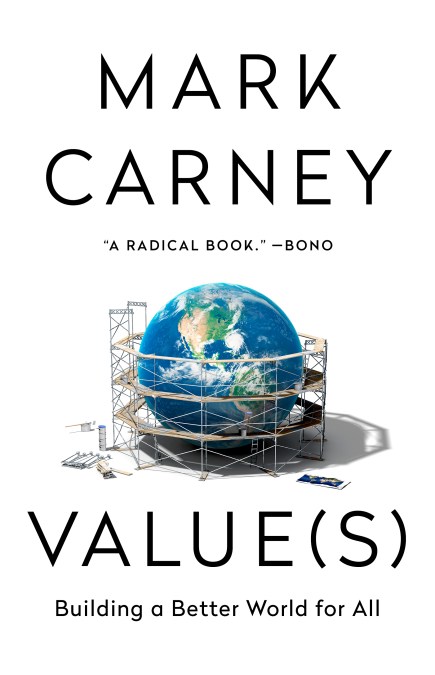Value(s). Building a Better World for All
This book focuses on four major crises-the Global Financial Crisis, the Global Health Crisis, Climate Change and the 4th Industrial Revolution– and proposes responses to each. Quite a complicated issue. Therefore, my suggestion is to skip the first 2 parts, and go straight to chapter 14. And a key message:
Purpose, values and trust are not natural concepts for economists. The classic economic view, developed by Nobel laureate Ronald Coase, is that a company is a network of contracts in which everyone – owners, managers and workers – responds rationally to incentives. According to Coase’s The Nature of the Firm, the boundaries of the firm are defined by the differences in costs of providing a good or service through the market or a firm.48 Market transactions bear the costs of searching and gathering information, as well as of bargaining, policing and enforcement. Internalising these transactions within firms saves cost but at the expense of span of control, complexity and diseconomies of scale. The boundary of the firm is determined by the balance of these factors, with those activities that can be performed more efficiently and best done by command and control occurring within firms and the rest mediated through markets.
A strict interpretation of this approach misses how shared purpose can reduce transaction costs allowing activities outside the firm to become shared investments that advance the firm’s purpose, reinforcing its profitability and creating shared value. Shared purpose can alter the boundary of the firm (while increasing its ability to create value) by lowering transaction costs in market relationships as well as by making larger and more complex corporate entities possible. Confidence in shared purpose reduces the need for costly, fully complete contracts with suppliers and customers. At the same time, clarity of purpose within organisations, reinforced by strong internal culture, can lead to a type of continuous innovation that turns good companies into great ones.
This is important because, not for the first time, simple theoretical economic models can be poor guides to business in practice. A contractual model is only as good as the contracts, which in practice can be incomplete, difficult to enforce and subject to default. The assumption that human incentives will be solely guided by contractual terms is belied by the realities of people’s behaviours in a wide range of economic circumstances. Moreover, different parties have different time horizons and interests, which frustrate the achievement of optimal outcomes. As Martin Wolf argues, ‘If the rationale for the corporation is to substitute relational contracts, and so trust, for explicit contracts, and so enforcement, one cannot ignore this in deciding what businesses are for and who should control them.’49
The crucial insights of principal–agent theory are not limited to the need to align incentives of shareholders and management but extend to similar challenges between directors, management and employees as well as between companies and their suppliers and communities. When time horizons differ, there will always be incentives for one party to promise one thing and then renege. As we saw in Chapter 4, this is one of the classic motivations for delegated authority to central banks. And even that elegant solution has its limitations, underlining the importance of a shared mission and values.
A strong corporate culture is part of the solution to the problems of incomplete contracts and imperfect incentives. A strong corporate culture encourages stakeholders to internalise the behaviours firms want to create and sustain. In particular, purpose is indispensable to a culture of integrity. As we have seen, trust cannot be achieved merely by asserting rules and following protocols, but rather it is earned by multiple social interactions that reinforce behaviours and values. What are variously termed moral sentiments, social memes or behavioural cascades matter.
Thus purpose operates on a number of planes. First, internally, it creates the necessary social capital within the firm to underwrite foundations of value creation: tightly functioning teams, and high employee participation and engagement. Second, externally, it operates as a means of generating focus on customer service and alignment. The company’s external focus relates to the traditional purpose of a company: to serve its customers.50 If a firm does this well, it generates customer loyalty, and with time the consumer will become a stakeholder, reinforcing trust, good faith and fair dealing. Third, purpose operates as a social narrative, in communities and societies beyond the firm, helping to create and sustain the firm’s social licence to operate. At the highest level, purpose captures the moral contribution of companies to the betterment of the world now and in the future.
A firm is more than a nexus of contracts. However, how do we define it precisely is still unknown.
